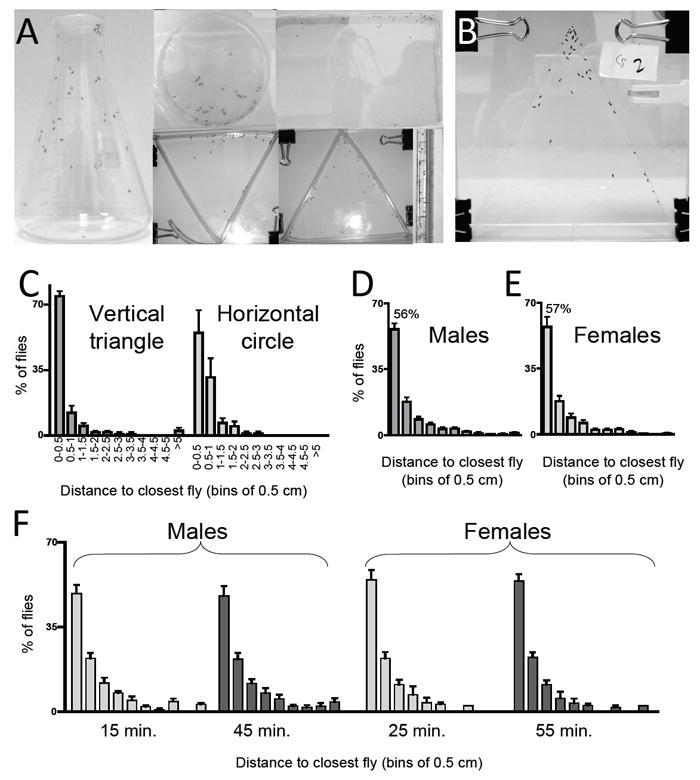Figure 1. Social space in aggregates of wild type flies (Canton-s).

A) Group formation in different chambers. From left to right, clockwise: 250 ml Erlenmeyer flask, horizontal circular chamber (9 cm in diameter), horizontal rectangular chamber (18 × 24.5cm), 0.8 cm diameter tube (10 ml pipette), vertical triangle (height: 20 cm, base: 22 cm), inverted vertical triangle with same dimensions as vertical triangle (note that panels are not to scale). B) Vertical triangle assay chamber containing 40 flies (height: 15.3 cm, base: 15.3 cm, see methods). C – F) Quantitation of social space after 15 min. in the chamber. The graph represents the percentage of flies (±SEM) at the indicated distance from their closest neighbor, using bins of 0.5 cm. C) Quantitation of social space in a vertical triangular chamber and in a horizontal circular chamber, see methods for details (n=3 trials of males). D-E) Similar social space in a vertical triangle chamber for D) Males, n=21 trials of ~40 flies, and E) Females, n=16. Males and female behavior does not differ (Kolmogorov-Smirnov Test). F) Time spent in the chamber does not affect social space. Quantitation after different times in the chamber, males (n=12) after 15 min. and 45 min., females (n=6) after 25 min. and 55 min. Social space does not differ (Kolmogorov-Smirnov Test). For C to E, each trial consists of ~40 flies (3-5 days old).
